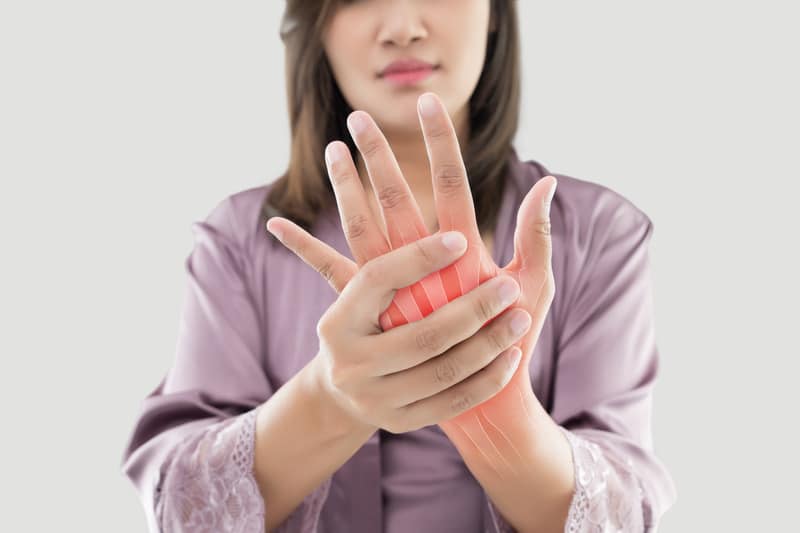Hand and Wrist Arthritis
Arthritis Treatment at Orthopedic and Spine Centers of Wisconsin
Appointments Available Within 24hrs
What Is Hand & Wrist Arthritis?
Hand and wrist arthritis refers to the inflammation and deterioration of the joints in the hands and wrists, often resulting in pain, swelling, and reduced functionality. This condition can impact daily activities that involve fine motor skills.
What Causes Hand & Wrist Arthritis?
Hand and wrist arthritis can be caused by various factors, including:
- Age: The natural aging process can contribute to joint wear and tear.
- Genetics: A family history of arthritis may increase the susceptibility to hand and wrist arthritis.
- Occupational Factors: Repetitive hand movements or activities that strain the wrists can be contributing factors.
- Injuries: Previous hand or wrist injuries may predispose individuals to arthritis.
- Inflammatory Conditions: Certain autoimmune disorders can affect the joints in the hands and wrists.

What Are The Signs & Symptoms of Hand & Wrist Arthritis?
Recognizing signs and symptoms of hand and wrist arthritis includes:
Pain: Persistent pain in the hands and wrists, particularly during movement.
Swelling: Inflammation and swelling around affected joints.
Stiffness: Difficulty in bending or straightening fingers and wrists.
Reduced Grip Strength: Weakened grip strength and difficulty holding objects.
Joint Deformities: In advanced cases, joints may show signs of deformity.

The Testing & Diagnosis Process for Hand & Wrist Arthritis
Diagnosing hand and wrist arthritis typically involves:
Physical Examination: Evaluation of symptoms, joint flexibility, and overall hand and wrist function.
Imaging Tests: X-rays and MRI scans to visualize joint damage and assess the extent of arthritis.
What Are The Treatments For Hand & Wrist Arthritis?
Treatment options for hand and wrist arthritis may include:
Medications: Pain management and anti-inflammatory medications.
Occupational Therapy: Techniques to improve hand function and ease daily activities.
Joint Splints: Providing support to affected joints to reduce strain.
Lifestyle Modifications: Adaptations to daily activities and ergonomic changes.
Surgical Interventions: In severe cases, joint fusion or joint replacement may be considered.

